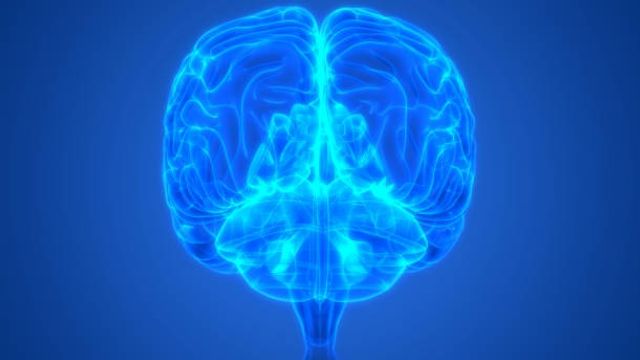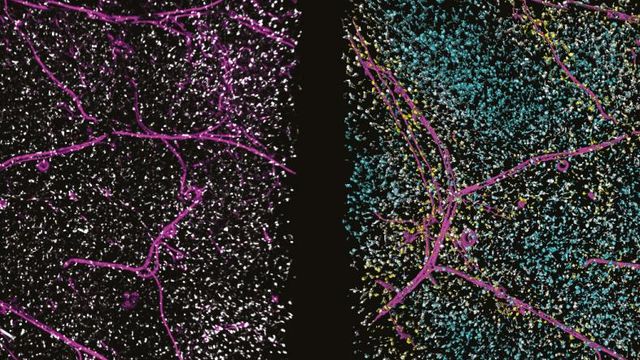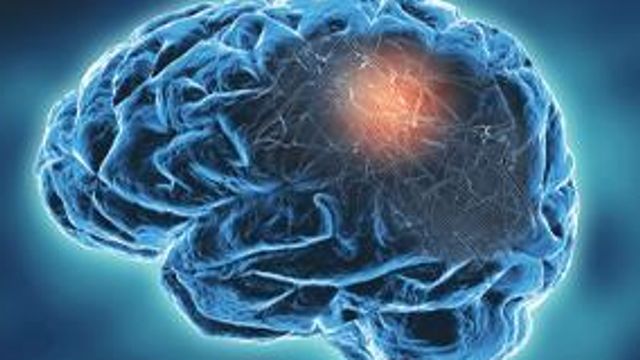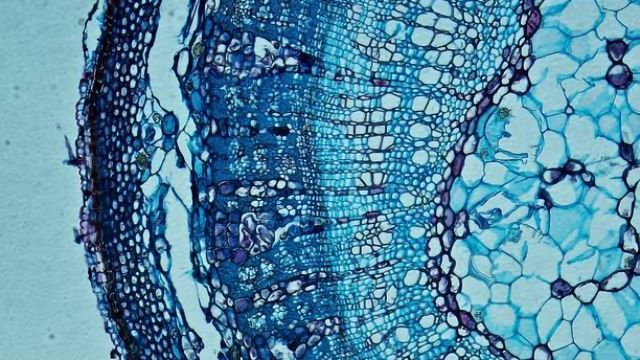Latest App Notes & Case Studies

App Note / Case Study
Enhancement of Sensitive Bioanalysis of Biomarkers in Cerebral Spinal Fluid
This app note highlights a highly sensitive method developed for the detection of GalSPH and GluSPH in CSF.

App Note / Case Study
Detecting Systemic Interindividual Epigenetic Variation
Studying DNA methylation at correlated gene regions can provide researchers with insights into disease-associated epigenetic variation. Hence, cost-effective sequencing is essential for our advancement and understanding of epigenetic epidemiology.

App Note / Case Study
Developing Next-Generation In Vitro Phenotypic Assays for Huntington’s Disease
There is currently no effective cure or treatment to slow down or stop the progression of Huntington's disease (HD). One reason for this is the lack of accurate and easy-to-use HD models.

App Note / Case Study
Progress Towards Out-of-the-Box Sub-Cellular Imaging
Single cell analysis in a spatially resolved context is the gateway to deciphering scientific questions in various application areas. Such analysis requires the highest available spatial precision combined with highly sensitive detection.

App Note / Case Study
Novel Aggregation-Specific Fluorogen Monitors Prefibrillar Protein Aggregation by Fluorescence Polarization
Highly ordered protein aggregates, termed amyloid fibrils, are associated with a broad range of diseases, many of which are neurodegenerative for example Alzheimer’s and Parkinson’s. The transition from soluble, functional protein to insoluble amyloid fibril occurs via a complex process involving the initial generation of highly dynamic early stage aggregates or prefibrillar species.

App Note / Case Study
Accurately Analyze Fluorescent Widefield Images
The specificity of fluorescence microscopy allows researchers to accurately observe and analyze biological processes and structures quickly and easily, even when using thick or large samples. However, out-of-focus fluorescence increases background, reduces contrast and makes accurate image segmentation more challenging.

App Note / Case Study
Resolving Brain Architecture With Comprehensive Spatial Gene Expression
Spatially resolved gene expression can provide a powerful complement to traditional histopathology methods, enabling a greater understanding of cellular heterogeneity and organization within the central nervous system.

App Note / Case Study
Imaging Organoids With Light-Sheet Fluorescence Microscopy
Studying tissue and organ biology is challenging, particularly in mammals, given sample accessibility and ethical concerns. However, the use of organoids alleviates these challenges, supporting researchers in exploring questions that previously could not have been investigated without them.

App Note / Case Study
Multiple Focused CRISPR Libraries From a Single Oligo Pool
Functional genetic screening using the CRISPR/Cas9 system is a powerful tool for interrogating gene function at scale, but access to and implementation of this technology is constrained by existing pre-defined CRISPR sgRNA libraries.

App Note / Case Study
Illuminating the Role of the Adaptive Immune Response in Neurodegeneration
Download this research snapshot to discover how immune repertoire changes in patients with age-related neurodegeneration and how adaptive immune cells are involved in these neurodegenerative diseases.
Advertisement

